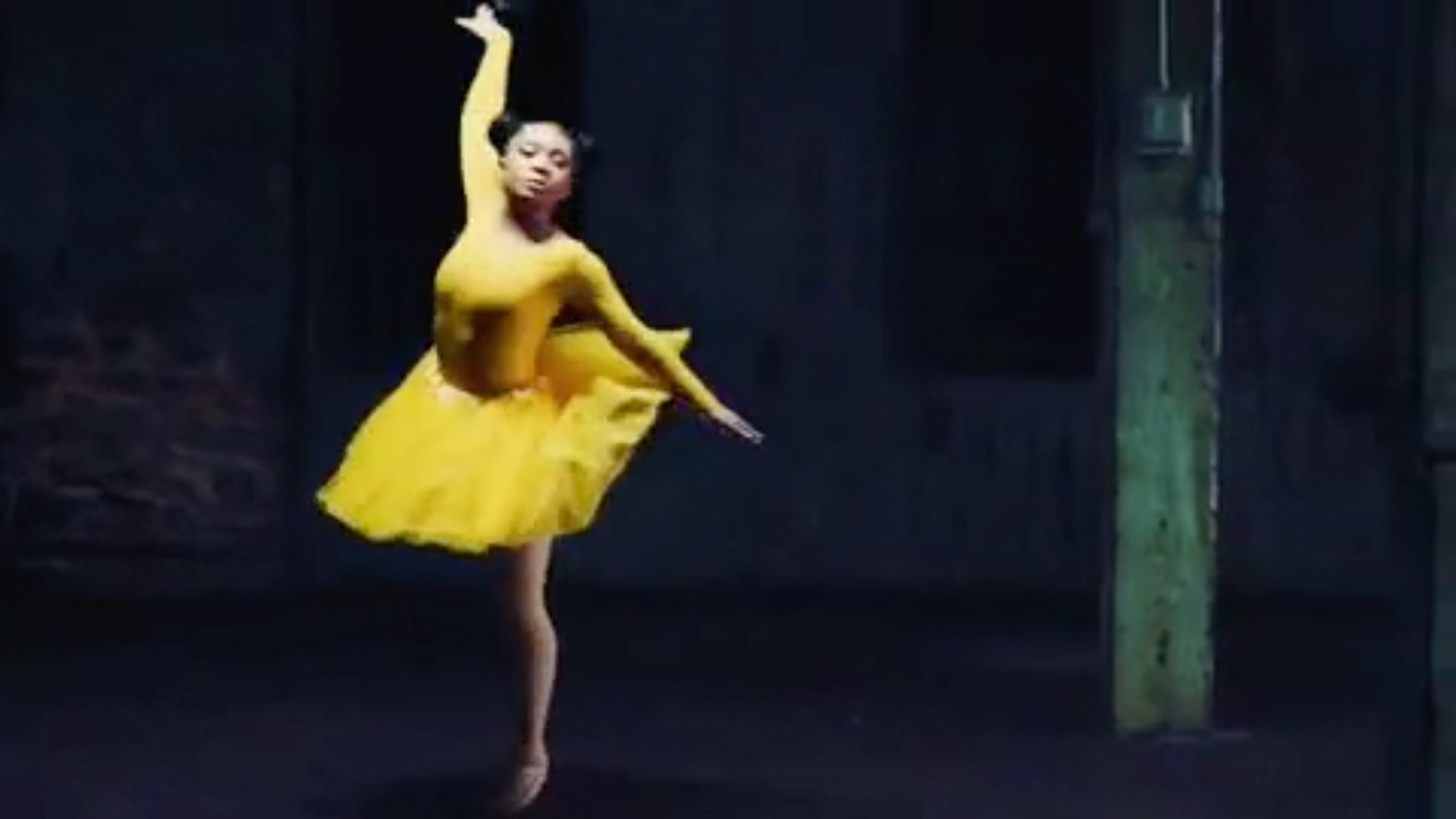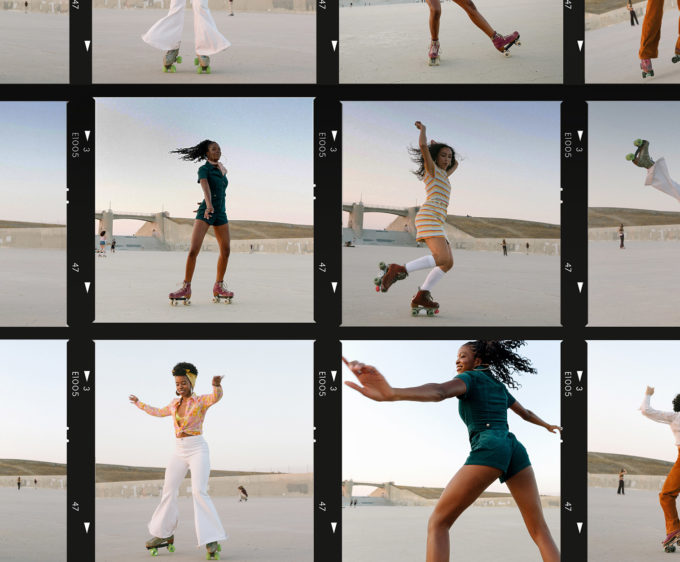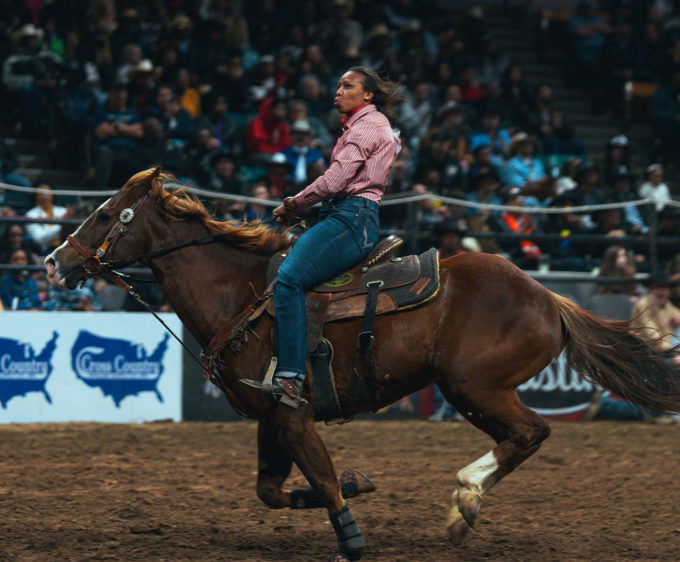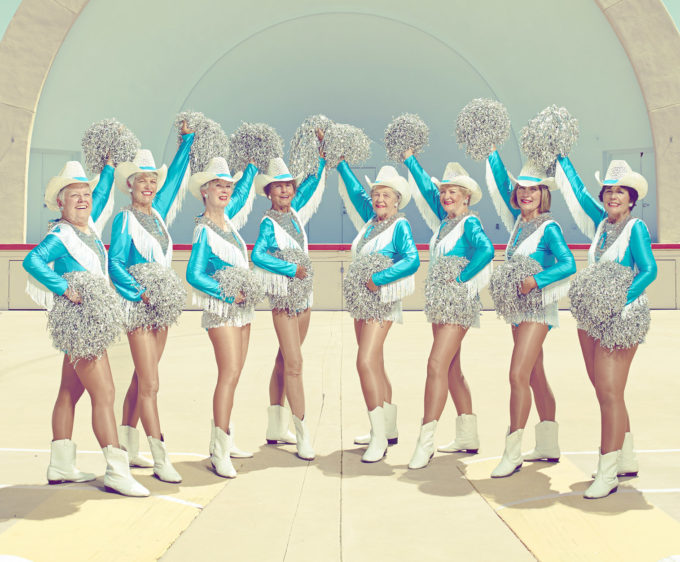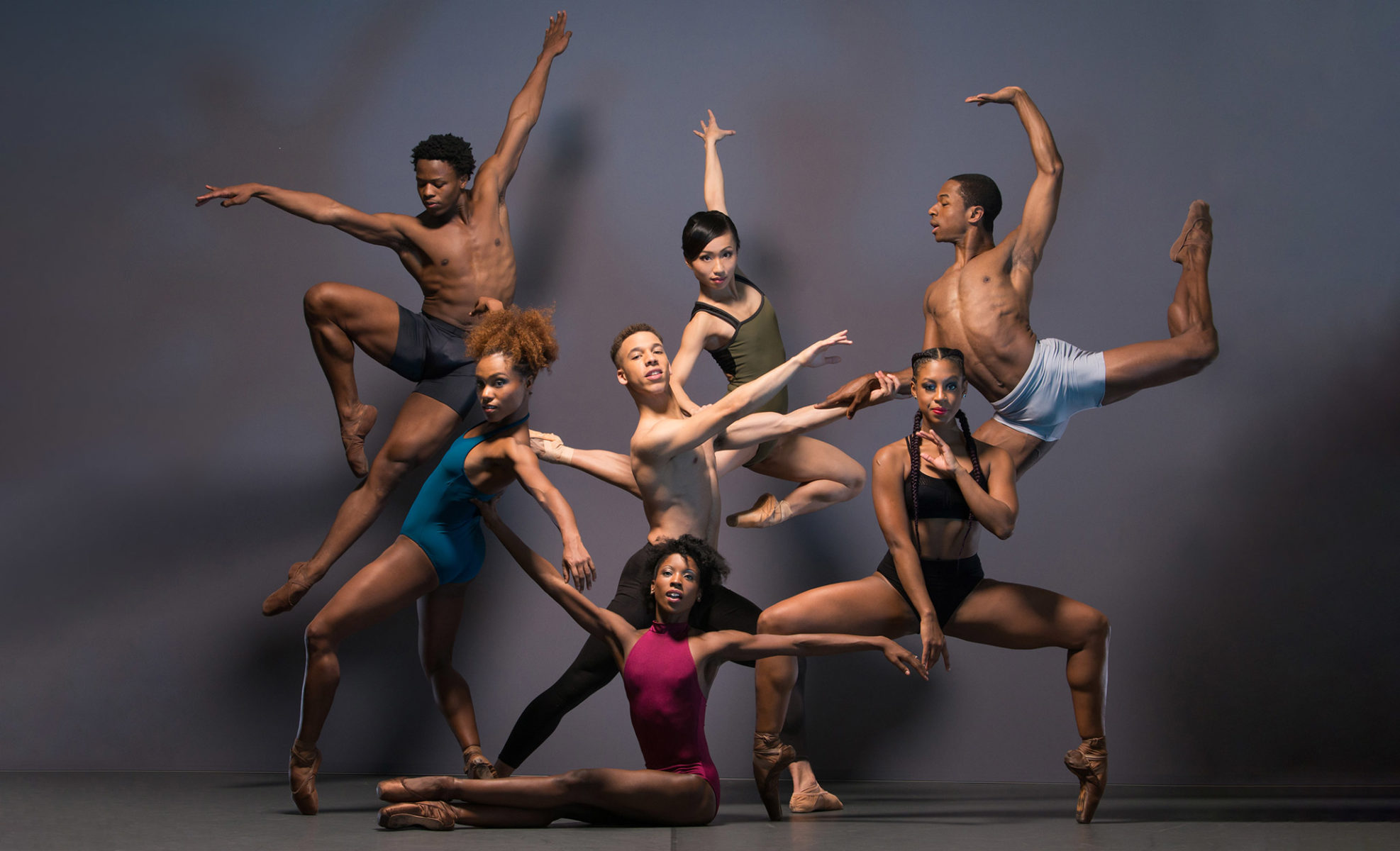
Ballet Body
Is the archaic ballet world finally opening up to those offering something different to the traditional image? We ask the experts
By Faima Bakar
“I am a curvy Black woman, ballet was not created for me,” says Tyde-Courtney Edwards, a classically trained ballerina and founding director of Ballet After Dark, a trauma-informed dance therapy programme. Feeling alienated from the predominantly white, cis, thin world of ballet, Tyde-Courtney started her own company, one that invites Black and brown women to find solace in the otherwise exclusive dance form.
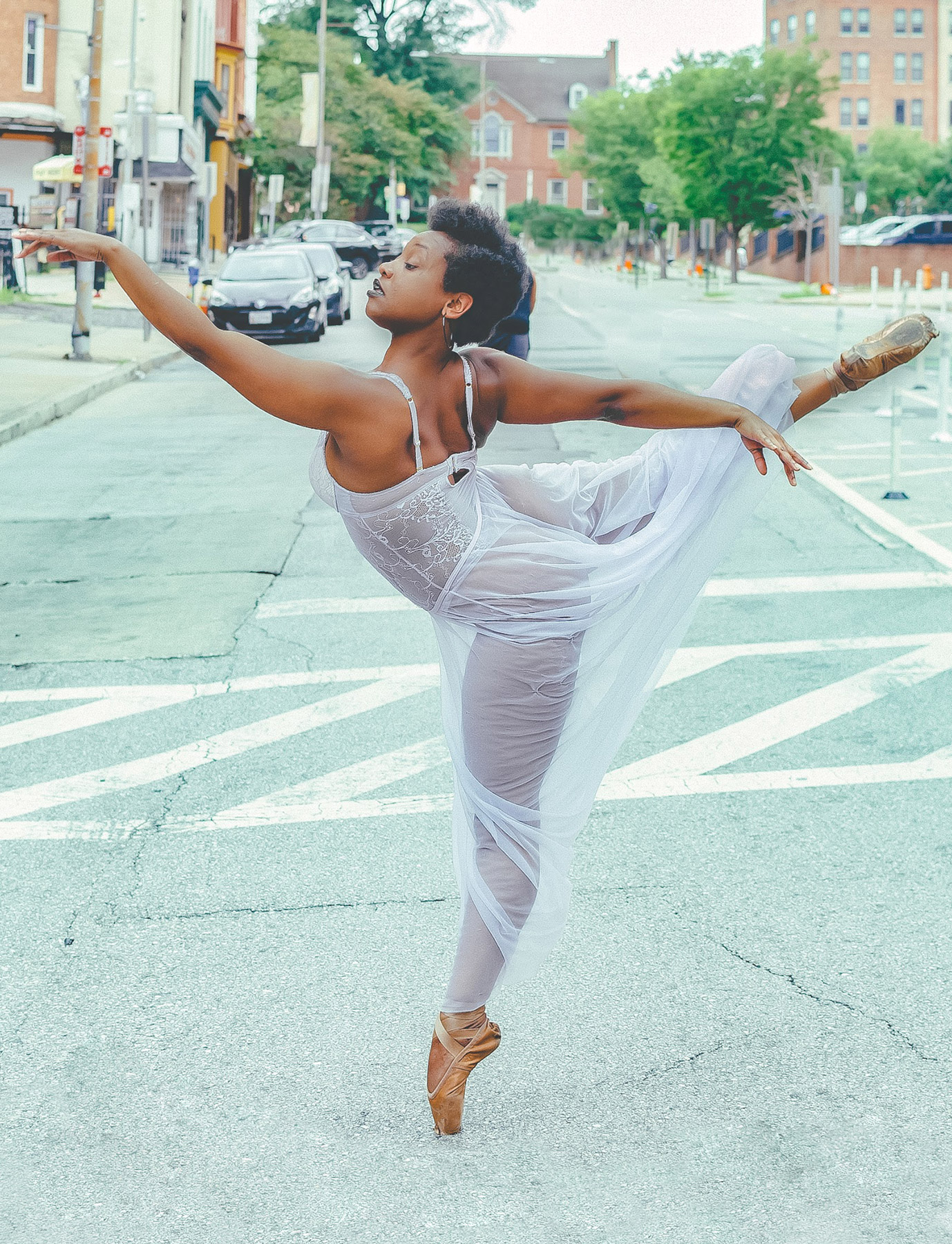
When the industry is so militant about aesthetic, preferring female performers to appear as weightless as possible and thus floatable, Black and brown women – whose bodies are already otherised – can seem incongruous. Even the pointe shoes, which come in pinkish ‘nude’ tones, have to be pancaked – painted with makeup to suit the skin tones of dancers of colour.
But after the Black Lives Matter protests of 2020, which sparked a global reckoning of racism never seen before, and a pandemic which has transformed the way many of us look, has the ballet industry reconsidered its perception of a healthy, strong, and beautifully melanated body? For dancers of colour, any recent push for inclusivity comes somewhat belated. To counter the whiteness of ballet and make it more inclusive, Tyde-Courtney started her company. The dance therapy curriculum at Ballet After Dark, developed for survivors of sexual and domestic assault, offers holistic, queer-friendly, prevention and recovery programmes for trauma survivors – particularly Black and brown women.
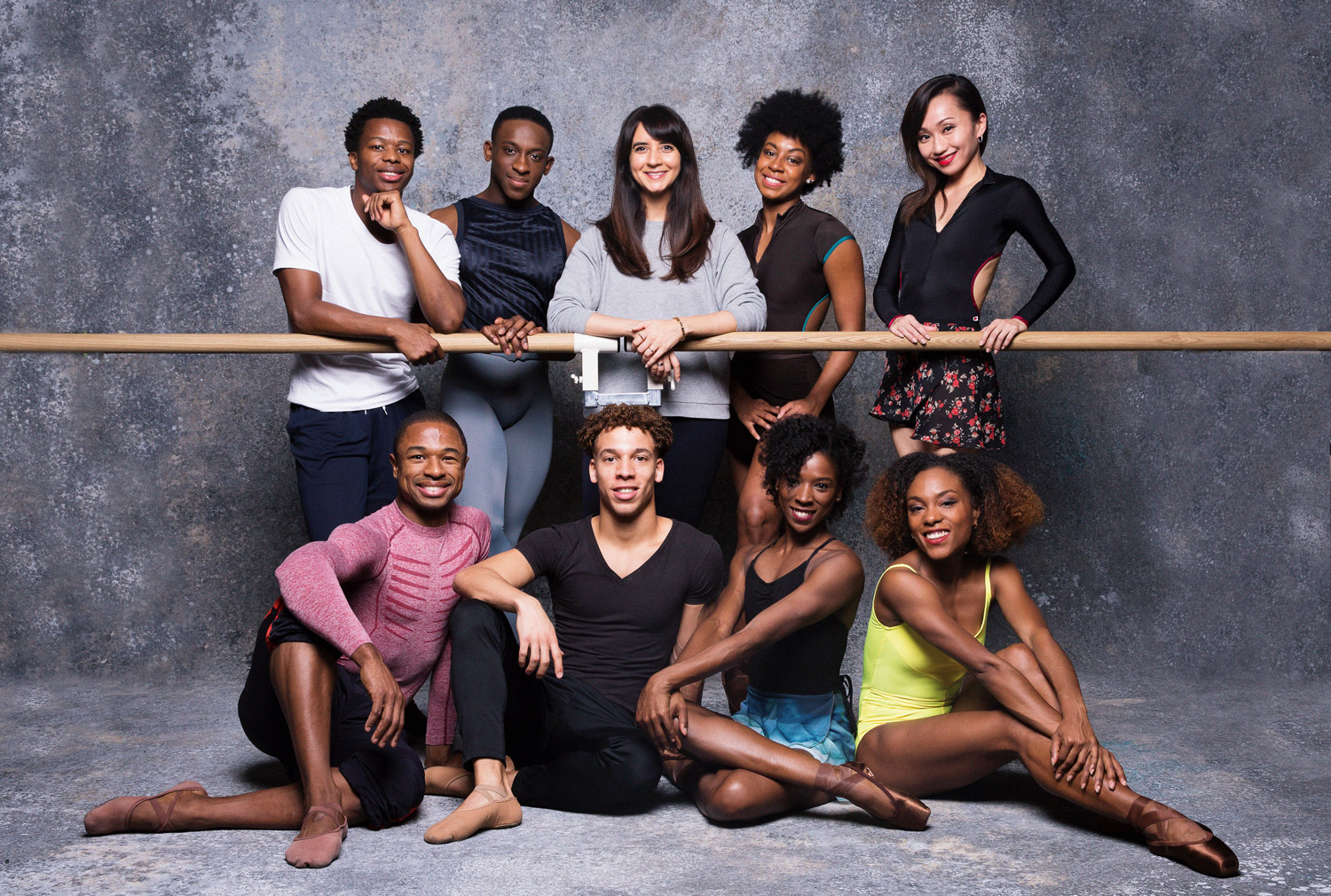
“Ballet, typically, is not a very inclusive world,” Tyde-Courtney tells me. “It’s traditionally a strict discipline with very specific eligibility requirements. Historically, ballet was created for a very particular European demographic that did not include people of colour, the financially disadvantaged, and people with varying body types. The industry is conditioned to churn out perfect examples of what they consider to be beautiful, graceful and ethereal creatures without acknowledging the harmful and abusive impact training has on dancers.”
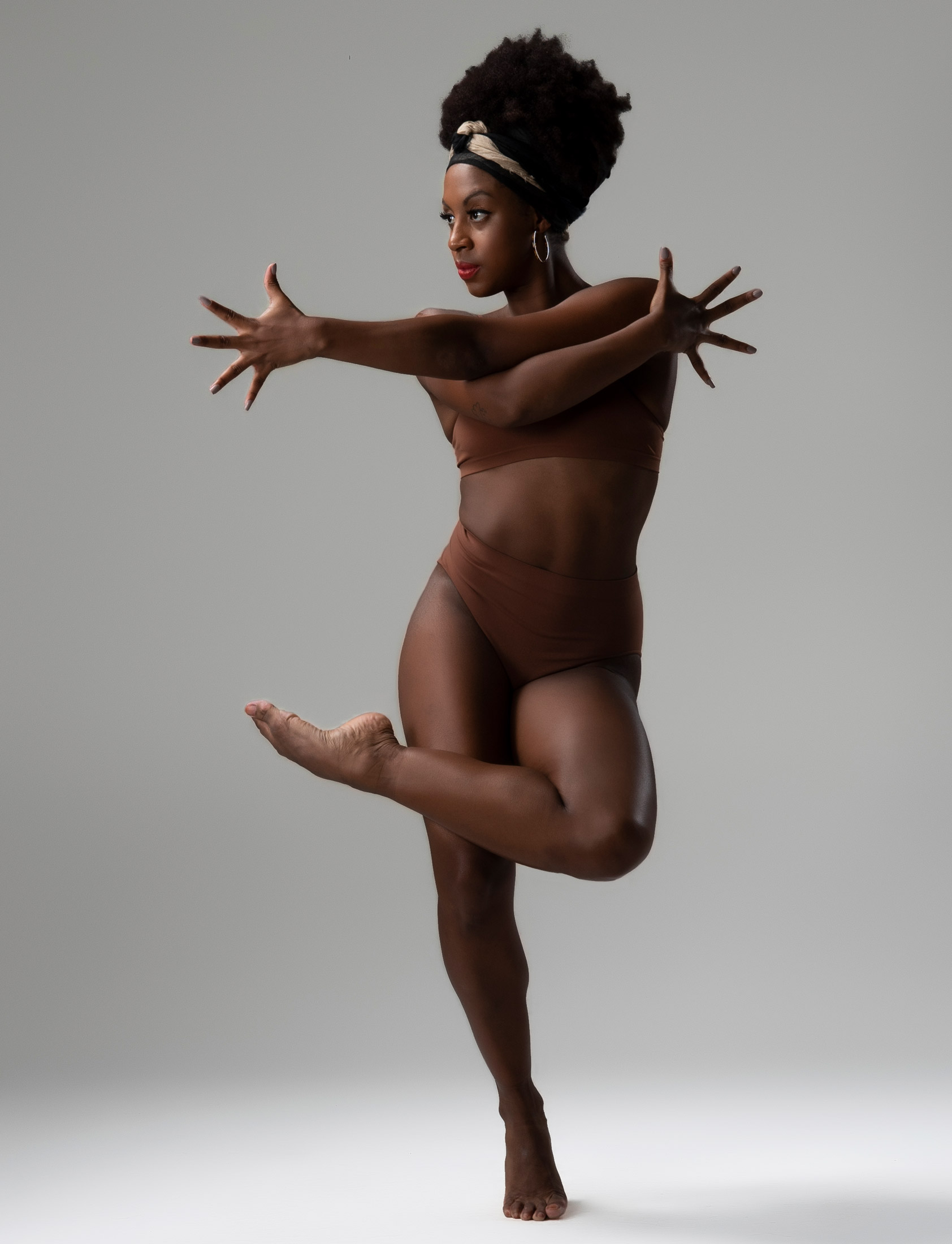
As with other physically demanding professions, there is certainly trauma involved in ballet. Dancers have a three times higher risk of developing eating disorders, with ballerinas showing the highest prevalence of eating disorders. “If you don’t fit the mould of what a ballet dancer should look like, then there are plenty of ballerinas who can take your place,” explains Tiffany Hedman, a junior soloist at the English National Ballet, whose ballerina sister developed an eating disorder.
Tiffany, who has worked in the industry for 17 years, now in her seventh season at the English National Ballet, adds “I felt the pressure to be thin because it was definitely put upon us, a lot of my friends were anorexic. One of my childhood friends was only 60 pounds, which is barely alive. And that kind of look was almost rewarded and encouraged. Lighter girls would get more parts in the student showcase, or in a class, a teacher would say to look like this person. And at that age, you want to please the teacher.”
Though weight has no bearing on a dancer’s ability to perform, it can hinder their success, says Tiffany. “Ballet definitely is a subjective art form and not just with weight but because it is an aesthetic that you’re supposed to have, that even being born with the ‘wrong’ body type, or, for example, not having beautiful feet meaning arches in your feet to create a line, can hinder you getting a job in one of the top companies.”
So how did modern day ballet become synonymous with thin white women? Ballet originated as art to be enjoyed by aristocrats during the Italian renaissance, later popularised in France. In 1930s London, the modest beginnings of a national tradition took place, also taking off in America though without a national group, a time in which Eurocentric ideals of beauty were popular (which still endures). Ballet encouraged female performers to move as a single body, and endorsed a homogenous look.
REPRESENTATION

While Maria Tallchief became the first Native American to become a world-renowned prima ballerina in the 40s, it wasn’t until 2015 that Misty Copeland became the first African American Female principal dancer with the American Ballet Theatre. In the UK in the 80s, Julia Felix almost became Britain’s first Black ballerina to join London Festival Ballet (now National English Ballet) but was not given a contract, so chose to pursue success in America. The few dancers of colour there were, including Copeland, were told to whiten their skin to fit in. For decades, ballet lessons were also limited to predominantly white middle and upper class children, meaning those who were classically trained were of a certain demographic.
Despite its exclusivity, there have been institutional efforts to diversify the dance. One group encouraging and hiring dancers of colour is Ballet Black. Founder Cassa Pancho, says: “I founded Ballet Black in 2001 to attempt to address the lack of representation of Black people in classical ballet in the UK. At the time, there were no Black women working professionally in ballet.” It was only in 2013 that Solomon Golding joined The Royal Ballet as the first Black British-born male dancer.
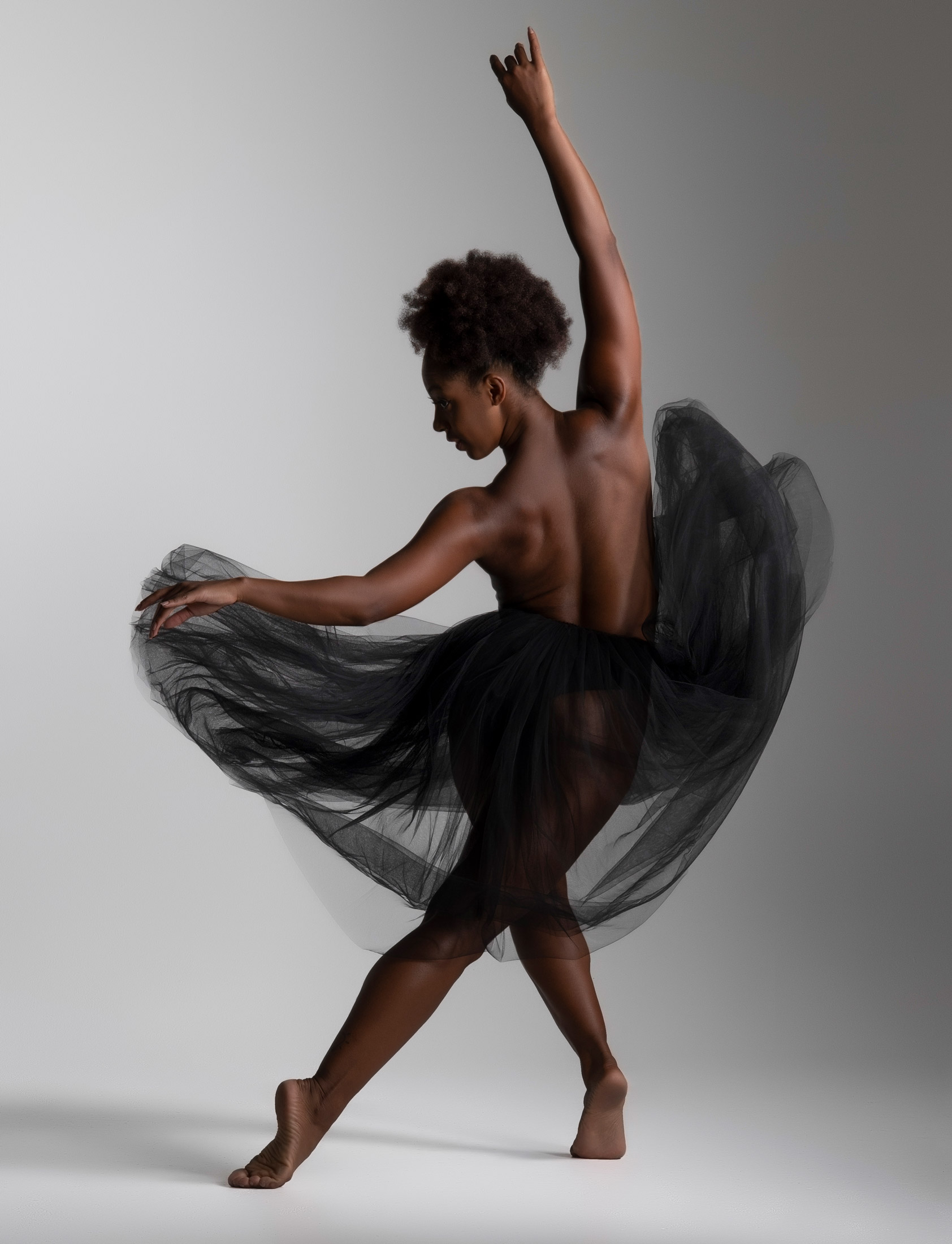
Cassa adds: “I’d like to see ballet open up to everyone. There is an idea of a very slim, prepubescent, Caucasian body that is perceived as the ideal, when the reality is that if you have curves, or are Black, or brown, you can still be great at ballet – it’s an art form – it has no opinion! Companies like Ballet Black, and Dance Theatre of Harlem in the USA are important: we dismantle these stereotypes.”
Ballet Black nurtured the virtuosic talent of many Black and Asian dancers. One such performer is Brazillian performer Isabela Coracy. She tells me: “I’m an athletic and muscular dancer, I always heard that classical dance isn’t for my body type, and here I am, making a difference. I believe ballet is made for all humans, of all colours and body types. The world is changing and we Black artists are here. I’m glad that one day the younger generation is going to know me as an inspirational Black ballerina. I keep following my dreams because inside the dance world, we are made of only one language and that is dance.”
INSPIRATIONAL
But, even if more mainstream companies adopt Ballet Black’s approach to diversity, how can they ensure they don’t continue perpetuating harmful body ideals? After 11 years as a ballet performer, Terry Hyde, a psychotherapist who counsels dancers, said the industry will change when it gets new blood. “Ballet is changing and becoming more body positive, but there is still the old school thinking held by artistic directors, dance school principals and directors of vocational schools. They have that view of ‘this is what you need to look like,’ but once they retire, and a new person comes in and starts changing the regime to be more supportive, it will change the game.”
The therapist has seen first-hand the pressures of the ballet world. He says: ‘I started ballet when I was six years old, and there’s a focus on what aesthetics are needed from an early age. When I was at a royal ballet school, one of the girls died from anorexia. And now the issues I tackle with ballet dancers is about eating disorders. Together we figure out what the trigger is, whether it was a trauma, a perceived trauma or they heard someone say something about their size.”
Terry has seen an uptick in the number of clients citing body image issues. To deal with this, he encourages a growth mindset. “In psychology there is a fixed mindset and a growth mindset. Dancers who have a flexible mindset are able to continue in a way that they understand that we’re in a pandemic, there’s an acceptance.”
‘The main body image concerns they have are ‘I’m not working so hard, I’m not performing so I’m putting weight on,’ and the way to rationalise the situation is to ask ‘so? isn’t everybody?’ In our therapy sessions, the dancers have to do the work, I simply nudge them towards a different perspective.” Tiffany echoes the thought, saying: “I want people, especially young professionals, to know that we’re all going through the same thing. Even somebody who’s been in the business for 17 years, I’ve been struggling with body image issues this past year, and struggling to stay in shape when nothing can really replace being in a studio and working that many hours. But it’s just a temporary situation. To them I say: you’re not alone.”
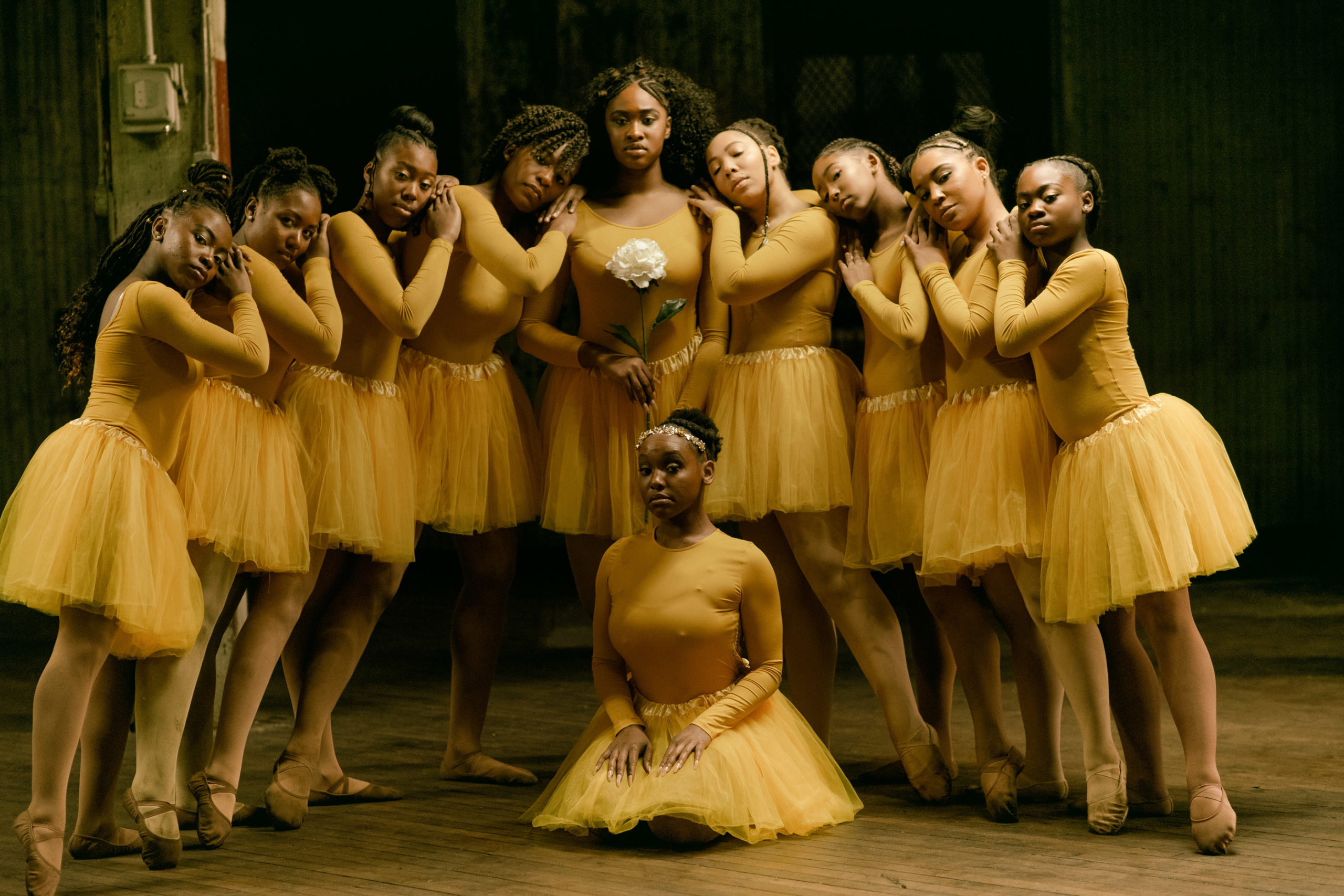
Editorial Design Root

